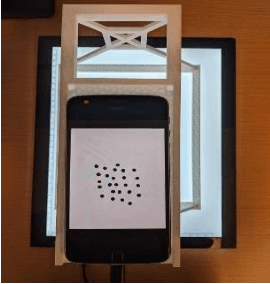Seed Phenotyping on Neural Networks using Domain Randomization and Transfer Learning
Paper and Code
Dec 24, 2020



Seed phenotyping is the idea of analyzing the morphometric characteristics of a seed to predict the behavior of the seed in terms of development, tolerance and yield in various environmental conditions. The focus of the work is the application and feasibility analysis of the state-of-the-art object detection and localization neural networks, Mask R-CNN and YOLO (You Only Look Once), for seed phenotyping using Tensorflow. One of the major bottlenecks of such an endeavor is the need for large amounts of training data. While the capture of a multitude of seed images is taunting, the images are also required to be annotated to indicate the boundaries of the seeds on the image and converted to data formats that the neural networks are able to consume. Although tools to manually perform the task of annotation are available for free, the amount of time required is enormous. In order to tackle such a scenario, the idea of domain randomization i.e. the technique of applying models trained on images containing simulated objects to real-world objects, is considered. In addition, transfer learning i.e. the idea of applying the knowledge obtained while solving a problem to a different problem, is used. The networks are trained on pre-trained weights from the popular ImageNet and COCO data sets. As part of the work, experiments with different parameters are conducted on five different seed types namely, canola, rough rice, sorghum, soy, and wheat.
 Add to Chrome
Add to Chrome Add to Firefox
Add to Firefox Add to Edge
Add to Edge